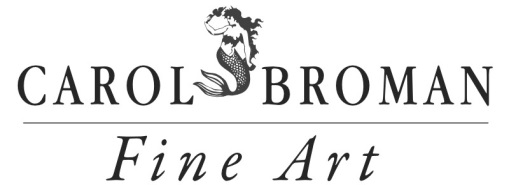When I began my formal academic study several years ago, I was introduced to a concept known as form painting which is essentially a practice of applying strokes of wet oil paint in a very systematic way that follows the path of light across a surface in a progression from light to dark or dark to light like notes on a musical scale. It’s a very engaging process, as it feels like you are attuned to the subtle rhythms of your subject with a brush in hand, much in the way a sculptor might rap out form with a chisel. When you work in 2-dimensions on a flat surface, however, it can take a mental leap to conjure a tactile apprehension of your subject. This mental leap, when successful, plants you firmly on the form of your subject, like a mountaineer plied to his stone, reciting the mantra ‘always be climbing’, or in this case ‘always be turning’. A riff on the popular motivational phrase in sales, ‘always be closing’, the artist-version: 'always be turning’ is the mantra for the painter who wishes to begin his assent across the various intriguing forms of his subject. It is where the wide-eyed novice begins his journey into the mystical realm that is form painting.
To be a form painter, you are simply painting with a mindset that prefers form over intricate designs of color. For the beginner, sometimes this has the unfortunate consequence of yielding lackluster color or awkward composition when carried out to its conceptual extreme, but more often, it is just a way of painting that is procedurally unique from other more spontaneous approaches or where layers are applied in semi-transparent glazes. I’ve had teachers in the past assert that you can tell which paintings were derived from a form painting mindset and which from a more impressionistic mindset, but I think as an artist you can consider form without a form painting process per se.

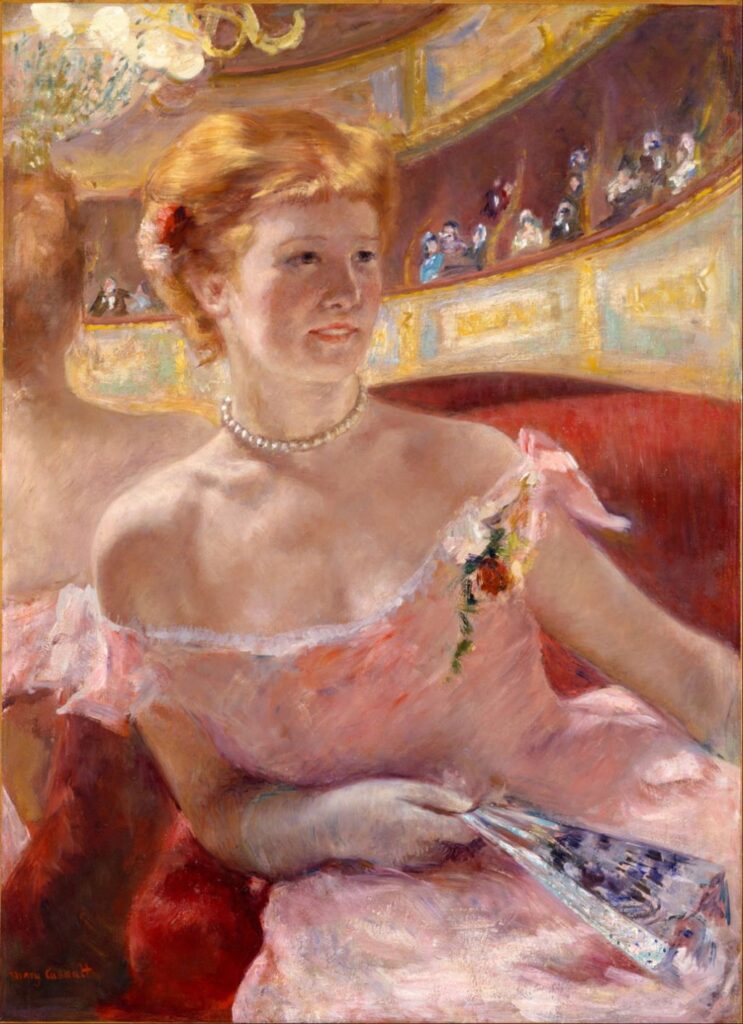
Can you distinguish between the painting derived from a form painting concept and that from a more optical approach?
The primary difference might be observed in how much light is used to unify different parts of the picture and how convincing the feeling of form and atmosphere is created.
Nevertheless, in practice, maybe the only way to initially develop a clear concept of form, is to unrelentingly follow this tenet of form painting: “always be turning”. A form is said to be ‘turning’ when it orients in degrees away or toward the light. We represent those degrees of turning using degrees of lightness or darkness known as value. We can show a surface to be more or less oriented to the light source by adjusting value up or down accordingly. There is a ‘timing’ to this process, in so far as the quicker the turning of the surface up to the light the fewer apparent transitional values or the greater the contrast between a light and dark value. For surfaces like those of a cube or box, the rate of change between one surface and the next is so immediate and ‘fast’, that we see a notable difference in values from one surface to the next. For more organic surfaces, like those found on the human body, we see a much more gradual change from light to dark or a slower turn of the surface orientation.
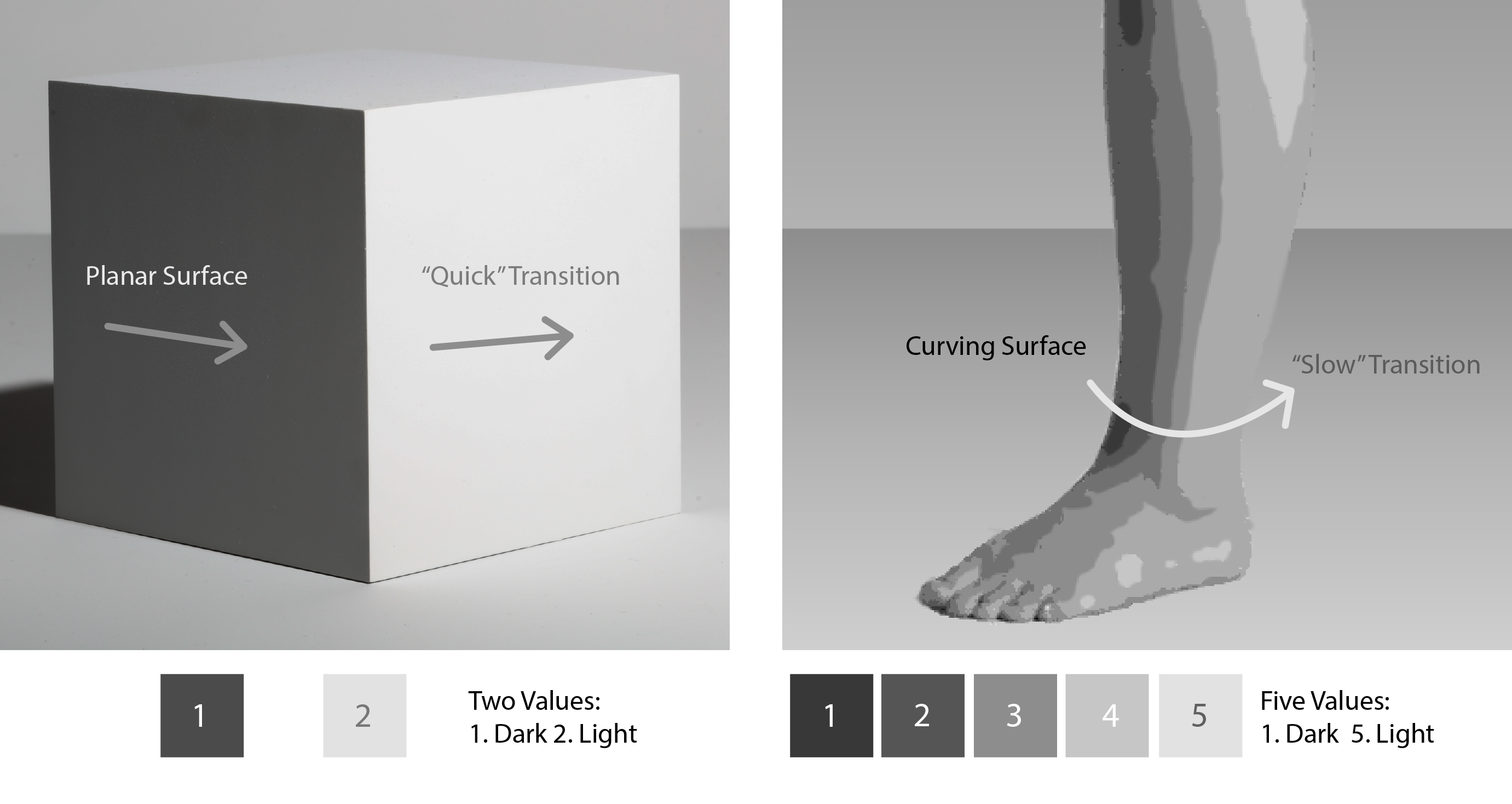
Quick Plane Changes of the Cube vs. Slow Plane Changes of the leg. Even in a digitized, simplifed tonal structure shown in the leg at right, we see a much more expansive progression of values connecting the light side with the dark side than on that of the cube because the surface changes direction much more ‘slowly’ than on the hard facets of the cube. The shape of the values and the area they occupy also changes as a result of surface architecture. The top plane of the foot has a wider area of the same value because of the relative flatness (slower directional change) of the top of the foot compared to the curving surface of of the lower leg.
The point however of the “ABT” manta, and why it is so important to keep in your consciousness while painting is that any surface, no matter how slowly or quickly turning away from the light, will always have transitions in value, and they will always be in a graded sequence from light to dark or dark to light. If values stay constant and do not change for a given area, we perceive that area to be flat. However, a flat plane can still have changing values if the light source is sufficiently diminishing or if there is a ‘sheen’ on the surface that might cause light to distribute differently.
Change in value on a surface is both a function of angle and distance to light source. Because of the directionality of light, we see a change in value on a surface either when it changes orientation to light or when there is a change in proximity to the light source. Light does not diminish over distance as much as the density of the light rays become lesser and lesser as they spread out from their origin.
We perceive a change in value as a change either in surface angle or distance to a light source and we anticipate that this change will happen in a very organized way. We don't have to know how much light will be scattered or in what percentage, just that we will see light crescendo up and down like a dimmer switch depending on how much light reaches a given surface. This means that to show that a particular form has curvature and volume, we need to insert values in a progression that is either moving from light to dark or dark to light.

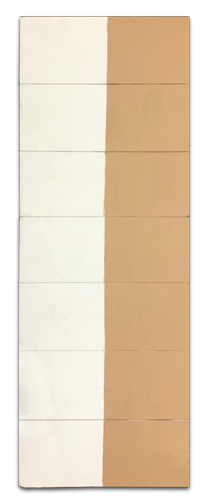
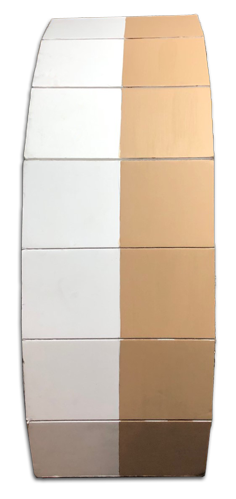
You can make a simple illustration of how value distributes on form by scoring sections of foam core at various intervals so that it folds along each incision. When it lays flat under an aspect of light, all the sections appear similar in value. When it is pressed into a curve, each plane between the scored seams takes a different sequential value depending on how much that plane faces toward or away from the light.
Where this gets back to a sort of meta-realism and I why I find it so creatively fulfilling, is that without this conscious appreciation for the ever changing values that is encouraged by the 'always be turning' mantra, I might not even see these shifts if I just relied on vision alone. But when I can think critically about what I am painting as a three-dimensional form, I can hook-in to the illusion of a three-dimensional visual experience even though I am still mushing pigment around on a flat surface. I consider this a a hyper visual experience because I am not solely relying on what I see, but what I know or can ‘feel’ about the surface based on a simple model of light. While I cannot and would not want to abandon vision, I am making an informed 'guess' about what I am seeing.
If we only consulted vision alone, we would be subject to misconceptions. Ebbinghaus illusion is an optical illusion of relative size perception where we think the two orange circles are different in size when in fact they are exactly the same size. Much of this illusion has to do with proximity and how we judge size based on it’s relative position to another element of comparison. The fact that periodically our visual sense may be subject to such distortions suggests that vision alone should not be the only relay of information for the artist.
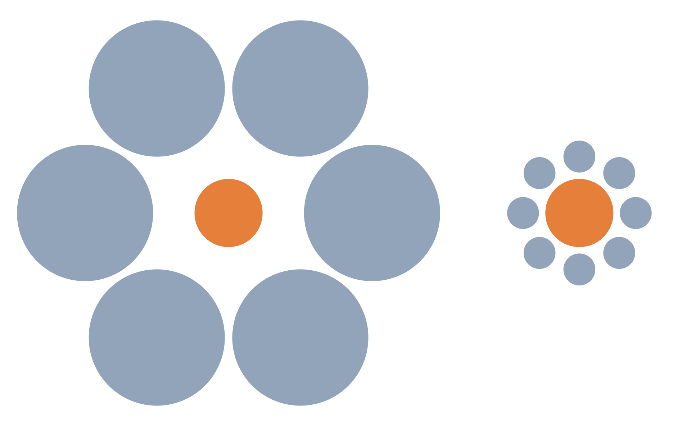
This is an important distinction because pure visual apprehension might cause errors in judgement about the size, shape and relative lightness or darkness of our subject. Several notable optical illusions can be found online that demonstrate how fallible our visual system can be and how context can influence our judgement. This is why what we see is invariably reinforced by what we ‘know’, as we cannot go through our lives without some reflection about that which we observe. To remember to ‘always be turning’ is not just a mantra about painting a convincing spread of values, but a way to tactility encounter a subject that might be so many feet in front of our eyes. It encourages a commitment and engagement that faithful copying doesn’t achieve. It’s the difference between writing a story and describing events. Which is more objective, and more truthful and which is more meaningful and substantive? This is not to say art should be decpetive, but in fact, the humanization or 'feeling' component of its message makes it even more truthful as it is describing an experience that is universally understood, and based on a life-time of experience, even if that message is simply the contemplation of something beautiful revealed by light.
